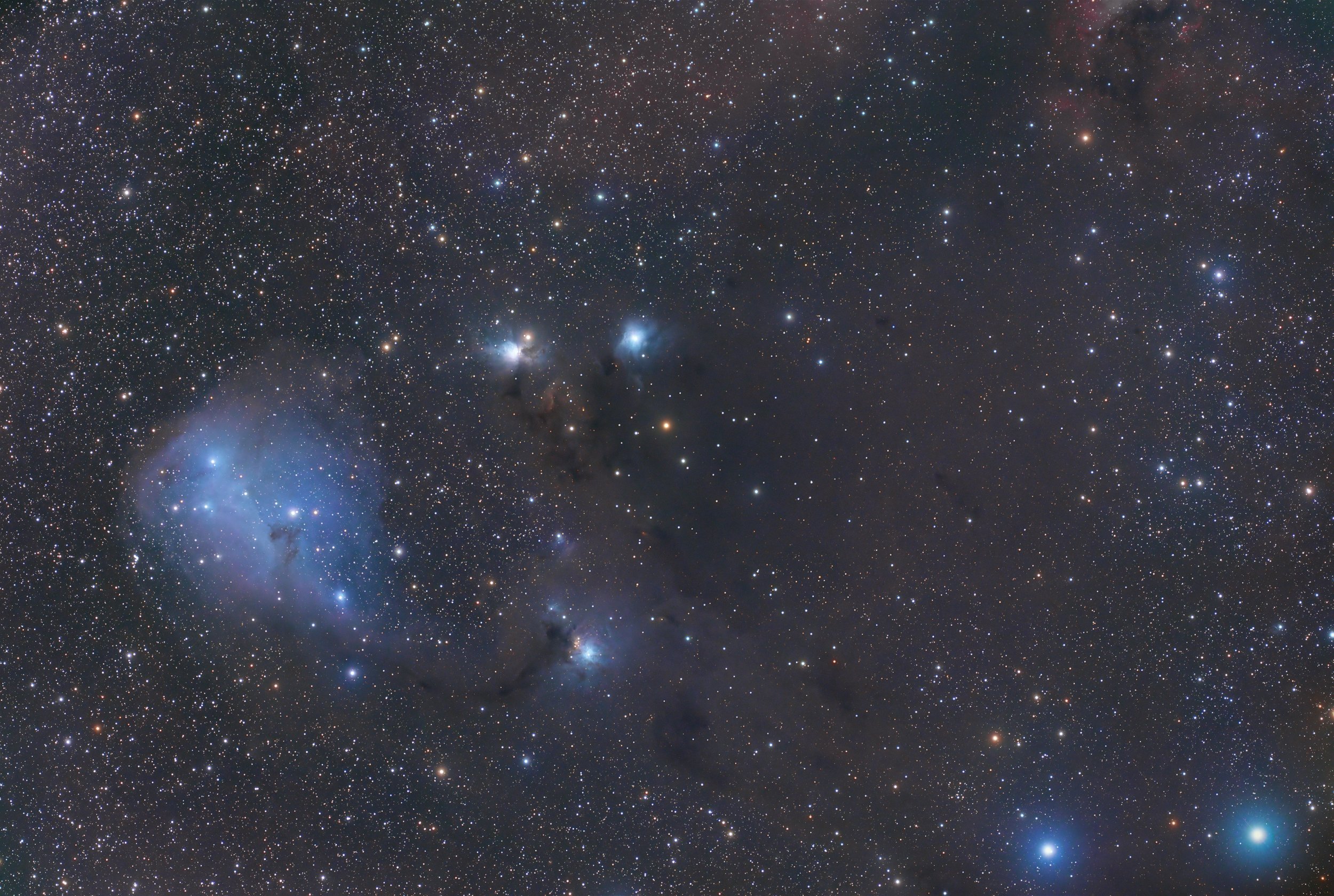
AAPOD2 Image Archives
Rosette Nebula core
This captivating image highlights the central region of the Rosette Nebula, a vast star-forming area in the constellation Monoceros. The nebula's core reveals intricate gas structures, bathed in the intense light of young stars. The detailed image was captured through 24 light frames, each a 5-minute exposure, and demonstrates the beauty of this stellar nursery despite the challenges posed by light pollution.
Captured using a personal telescope setup, the image was taken with a Sky Watcher Wave 150i mount, Celestron 8 EdgeHD optics, and a ZWO ASI2600MC Air camera, paired with an Antlia Quad Band Anti-Light Pollution Filter. The combination of advanced equipment and careful data acquisition reveals the delicate complexity of this cosmic wonder, offering a stunning view of the Rosette Nebula's vibrant core.
4o mini
Leo Quartet/ Hickson 44
Hickson 44, also known as the Leo Quartet, is a compact galaxy group located approximately 80 million light-years away in the constellation Leo. This interacting system consists of four prominent galaxies: NGC 3190, NGC 3193, NGC 3187, and NGC 3185. NGC 3190, the brightest and most striking member, is a warped spiral galaxy with a prominent dust lane cutting across its disk. Nearby, NGC 3187 showcases distorted spiral arms, a sign of gravitational interactions, while the elliptical NGC 3193 remains relatively undisturbed. The smallest of the group, NGC 3185, exhibits a faint barred spiral structure.
These galaxies are in the process of a slow cosmic dance, their mutual gravitational forces shaping their evolution over millions of years. Hickson 44 is an excellent example of galaxy interactions influencing star formation, structural distortions, and potential future mergers. Deep exposures reveal faint tidal streams and extended halos, evidence of past interactions that continue to shape this fascinating galaxy group.
M63 – The Sunflower Galaxy
M63, also known as the Sunflower Galaxy, is a striking spiral galaxy located about 27 million light-years away in the constellation Canes Venatici. This galaxy is a member of the M51 Group and exhibits a flocculent spiral structure, characterized by numerous short, patchy spiral arms rather than well-defined grand design arms. These star-forming regions, rich in young, blue stars, give M63 its distinctive, textured appearance, resembling the pattern of sunflower petals.
A faint, extended halo of stellar streams surrounds the galaxy, remnants of past interactions with smaller satellite galaxies. Observations in infrared and ultraviolet wavelengths reveal ongoing star formation throughout the disk, while deep imaging unveils a complex structure shaped by tidal forces. M63’s active core and vast star-forming regions make it a fascinating target for astrophotography and a valuable object for studying galaxy evolution.




